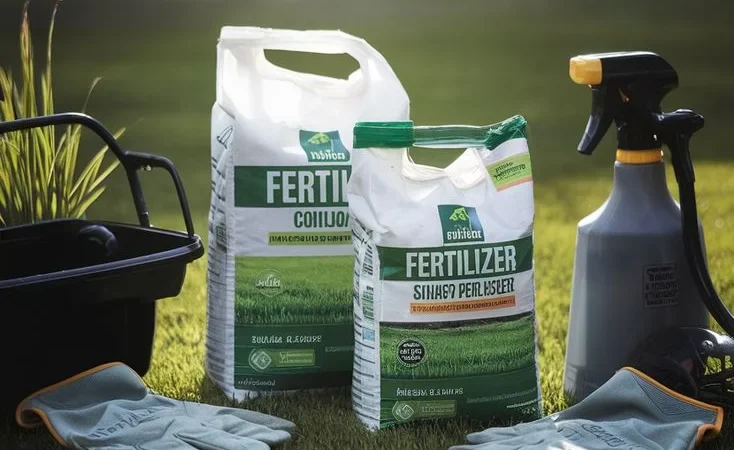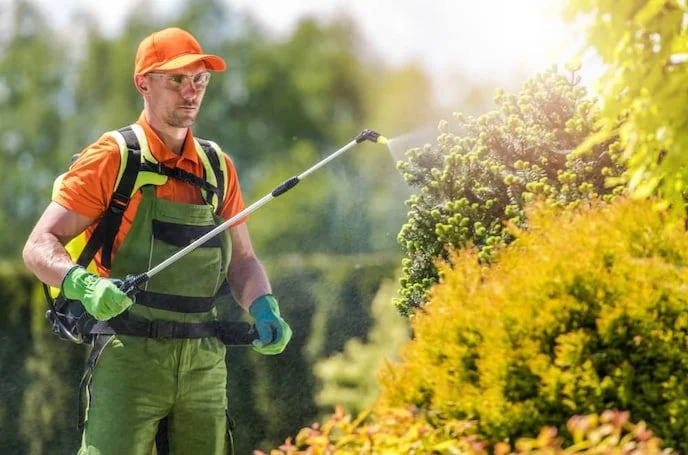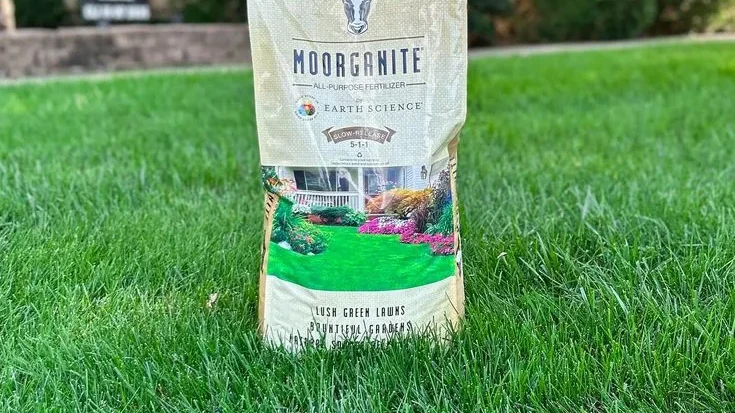If you love your pets as much as your lawn, finding the right pet safe lawn fertilizer is essential. Many traditional fertilizers contain chemicals that can harm animals, even in small amounts. Fortunately, you can achieve a vibrant, green lawn without risking your pet’s health. In this guide, you’ll discover how to choose, apply, and maintain fertilizers that are both safe and effective.
Why Pet Safe Lawn Fertilizer Matters
Pets often spend time rolling, sniffing, or even nibbling grass. When fertilizers contain synthetic chemicals, these activities can expose them to harmful toxins. Ammonium nitrate, urea, and phosphates are common ingredients in traditional fertilizers that can cause burns, stomach issues, and even poisoning in dogs and cats.
By switching to pet safe lawn fertilizer, you create a safer outdoor environment while promoting healthier soil and stronger grass growth. Moreover, pet-friendly fertilizers support biodiversity and reduce environmental runoff that pollutes local waterways.
How to Identify a Pet Safe Lawn Fertilizer

When shopping for fertilizers, read labels carefully. Look for organic or natural ingredients derived from plant and animal sources such as seaweed, compost, bone meal, or alfalfa.
Key indicators of a pet safe lawn fertilizer include:
-
Organic certification: Products labeled as “OMRI Listed” or “USDA Organic” ensure limited or no synthetic chemicals.
-
Slow-release nutrients: These reduce the risk of over-fertilization and limit direct contact hazards.
-
No added pesticides: Avoid all-in-one “weed and feed” formulas, which often contain toxic herbicides.
Additionally, check for clear packaging statements like “safe for pets and children once dry” or “non-toxic lawn fertilizer.” Transparency is key when protecting your pets.
Top Ingredients in Pet Safe Lawn Fertilizers
To make the best choice, understand the common components used in safe fertilizers:
-
Bone Meal: A natural source of phosphorus that enhances root development.
-
Blood Meal: Rich in nitrogen, this helps your grass grow greener and thicker.
-
Compost or Manure: Improves soil structure while providing essential nutrients.
-
Seaweed Extract: Boosts disease resistance and stress tolerance.
-
Corn Gluten Meal: A natural weed preventer that doubles as a nitrogen source.
Each of these ingredients works harmoniously with the environment, keeping your lawn lush and your pets safe.
How to Apply Pet Safe Lawn Fertilizer Correctly

Applying fertilizer properly is as important as selecting the right one. Even safe products can pose risks if misused. Follow these steps for best results:
-
Read the label: Each product has specific instructions for dosage and frequency.
-
Water before application: Slightly moist soil helps nutrients absorb effectively.
-
Spread evenly: Use a broadcast spreader for uniform coverage.
-
Allow drying time: Keep pets off the lawn until it’s fully dry (usually 24 hours).
-
Rinse paws: After letting pets outside, wipe their paws to remove any residue.
By following these steps, you can maximize benefits while minimizing any potential risks.
DIY Pet Safe Lawn Fertilizer Recipes
If you prefer a homemade solution, making your own pet-friendly fertilizer is easy and cost-effective. Here’s a simple recipe:
Ingredients:
-
2 cups of compost
-
1 cup of bone meal
-
1 cup of kelp meal
-
½ cup of Epsom salt
Instructions:
Mix all ingredients thoroughly and sprinkle evenly across your lawn. Water lightly after application. This blend provides a balanced mix of nitrogen, phosphorus, and potassium—essential nutrients for healthy growth while remaining completely safe for pets. For best results, it’s also helpful to understand how often you should fertilize your lawn to maintain consistent growth and prevent overfeeding.
Common Mistakes to Avoid
Even with the best fertilizer, certain habits can hinder success. Avoid these mistakes:
-
Over-fertilizing: Excess nutrients can burn grass roots.
-
Skipping soil testing: Understanding your soil’s pH helps you apply the right nutrients.
-
Using chemical weed killers: Stick to manual weeding or natural alternatives.
-
Letting pets out too soon: Always allow time for the product to dry completely.
Transitioning to a safe fertilizer routine takes effort, but consistency leads to long-term results.
Benefits of Using Pet Safe Lawn Fertilizers
Choosing a pet-friendly product benefits more than just your pets:
-
Healthier Soil: Organic fertilizers improve microbial activity.
-
Environmental Safety: They reduce chemical runoff into groundwater.
-
Stronger Grass: Nutrients release slowly, encouraging steady growth.
-
Peace of Mind: You can let your pets play freely without worry.
Moreover, these fertilizers contribute to a sustainable, eco-conscious lawn care routine that supports both nature and your household’s well-being.
Best Pet Safe Lawn Fertilizer Brands

To make your search easier, here are a few reputable brands known for safety and performance:
-
Scotts Natural Lawn Food – A trusted brand with a 100% natural formula.
-
Espoma Organic Lawn Food – Uses feather meal and poultry manure for nutrient-rich growth.
-
Safer Brand Lawn Restore – Balances nutrients while being child and pet-safe.
-
The Andersons Organic Fertilizer – Granular, easy-to-spread, and non-toxic.
Always check the label to ensure the product meets your lawn’s specific needs.
FAQs
Q1: How soon can pets go on the lawn after fertilizing?
Typically, you should wait 24–48 hours or until the lawn is completely dry. Always read the product’s directions for accurate guidance.
Q2: Are natural fertilizers less effective than chemical ones?
Not at all. While they may work more slowly, organic fertilizers provide lasting results and healthier soil over time.
Q3: Can I use pet safe fertilizer on all grass types?
Yes, most pet-friendly fertilizers are suitable for various grass types, including fescue, Bermuda, and Kentucky bluegrass.
Q4: What if my pet accidentally ingests fertilizer?
Even safe fertilizers should not be eaten. If ingestion occurs, contact your vet immediately with product details.
Conclusion
Switching to a pet safe lawn fertilizer isn’t just about a greener yard it’s about creating a safe and happy environment for your furry companions. By choosing organic, chemical-free fertilizers and applying them responsibly, you protect your pets, your lawn, and the planet.
If you’re also exploring eco-friendly gardening practices, learning how to replant an aloe vera plant can be a great next step toward maintaining a sustainable and pet-safe garden. A healthy, pet-friendly yard starts with informed choices. Make the switch today and enjoy lush greenery without the worry. After all, your pets deserve a lawn as safe as it is beautiful.


















